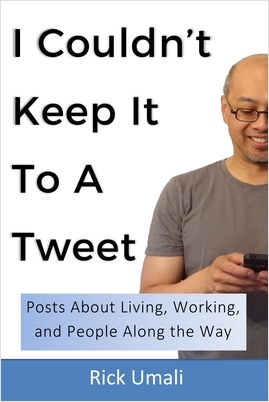After Paul's visit, I joined a group figure ice skating class at The Skating Club of Boston. Not content to be dazzled anymore, I paid attention to the instructor as she distinguished between the inner edge and outer edges of our skate blades. She gave us instruction booklets, and handed out stickers for the completion of individual skills. It didn't bother me that a majority of the lessons were geared for figure skaters, or that I was the only student wearing hockey skates.
I also began to skate a lot more. It is possible to ice skate every day in Greater Boston, and there were weeks that I did so. I soon learned the location of nearly every ice rink between downtown Boston and the outer suburbs. I practiced the skating lessons (edge work, figures, 3-turns, snow plows), as I tried to break in a new pair of ice hockey skates.
With each skating hour, I became more assured on the ice, largely because I knew the techniques for skating forward. My turning continued to be awkward, however, and I still fell down a lot. I didn't skate smoothly yet, but I felt like I was getting "closer."
My ice skating epiphany came at the Daly Memorial Rink, one Saturday morning. If Twitter was around back then, my tweet would be: "I found my edges!"
I was practicing left cross-over turns (public ice skating normally moves counter-clockwise). I could lift my right foot over my left foot, but my left foot felt "stuck". When I turned, I slowed down, and that's not what I see when I watch figure skaters or hockey players turning. I fell repeatedly, sometimes catching my crossing boot on my left foot.
Then I made the one critical adjustment my skating instructor emphasized: I skated on my edges. I entered the left turn by pushing off my right foot, but this time I had slanted my left boot so that its outside edge cut into the ice. From that position, my left leg was planted on the ice at an angle, as if I was standing on an incline. I picked up my right leg, and suddenly found myself accelerating in a sharp left turn. I spun into a fall, but while falling I recognized that my left foot was gliding on its outside edge. I was gliding on one leg, using my outside edge!
I jumped up, and tried the move again, this time pushing hard with my right foot, and leaning on my left outside edge. I heard the satisfying sound of cutting ice. I banked into a left turn, and just at the edge of falling, I quickly crossed over my right foot, planting its inside edge on the ice. I turned and accelerated at the same time!
Instincts took over. My left foot, exhausting its outside edge arc underneath my body, no longer exerted any effort. Now I was gliding on just my right foot's inside edge! I picked up my left foot, and brought it to the forward position again, planting it hard on its outside edge. All of a sudden I was doing cross-over turns!
A feeling of elation and understanding washed over me. Everything about ice skating suddenly seemed easier. I did the turns again and again, giddy with excitement. In the weeks and months after that, I learned right cross-over turns, and backward cross-over turns in both directions. I no longer fell as much. I had found the edges.
At the group ice skating lessons, the instructor noticed my new found abilities. She gave me another sticker one evening, and said "I think you're ready to learn some jumps!" At that point, I knew I was ready to try ice hockey. The game that seemed so distant and unattainable was now right in front of me.
For the month of January, I'll be blogging about ice skating, and my love for it.
Subscribe to:
Post Comments (Atom)


No comments:
Post a Comment